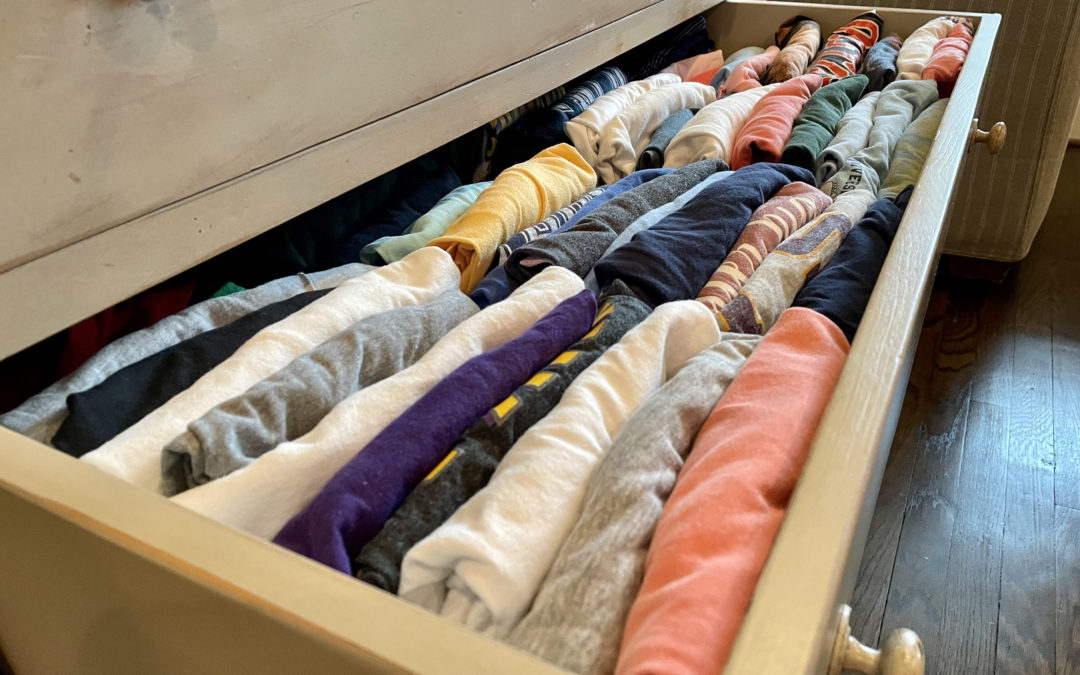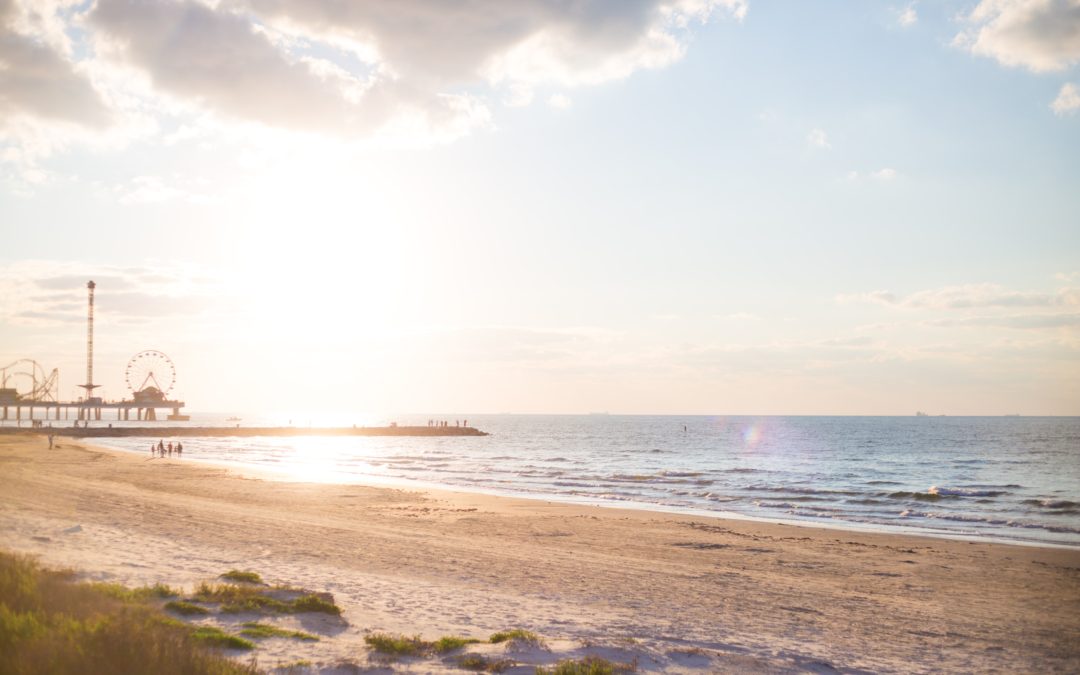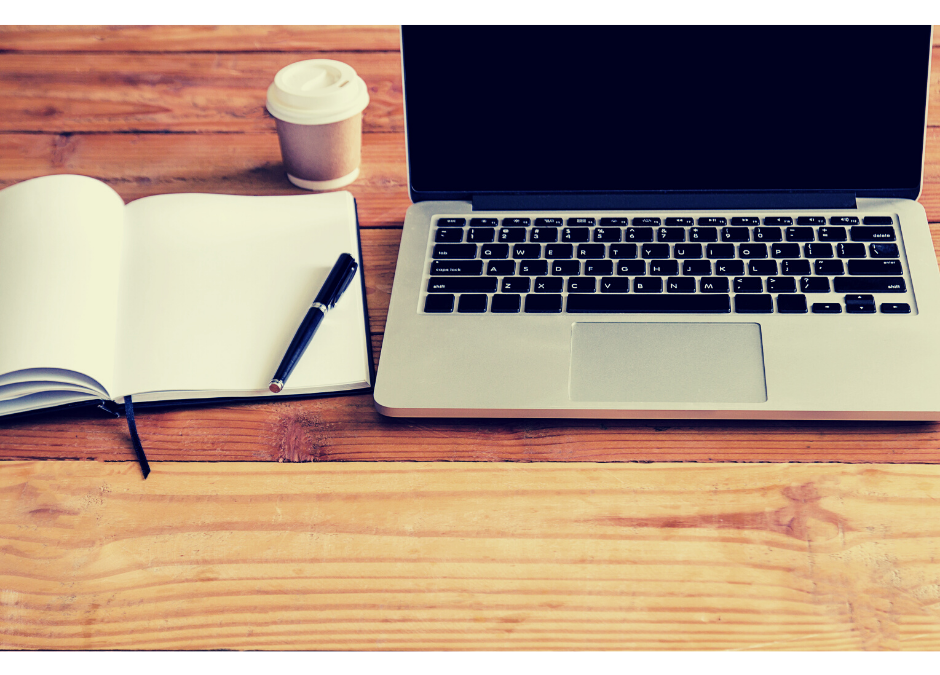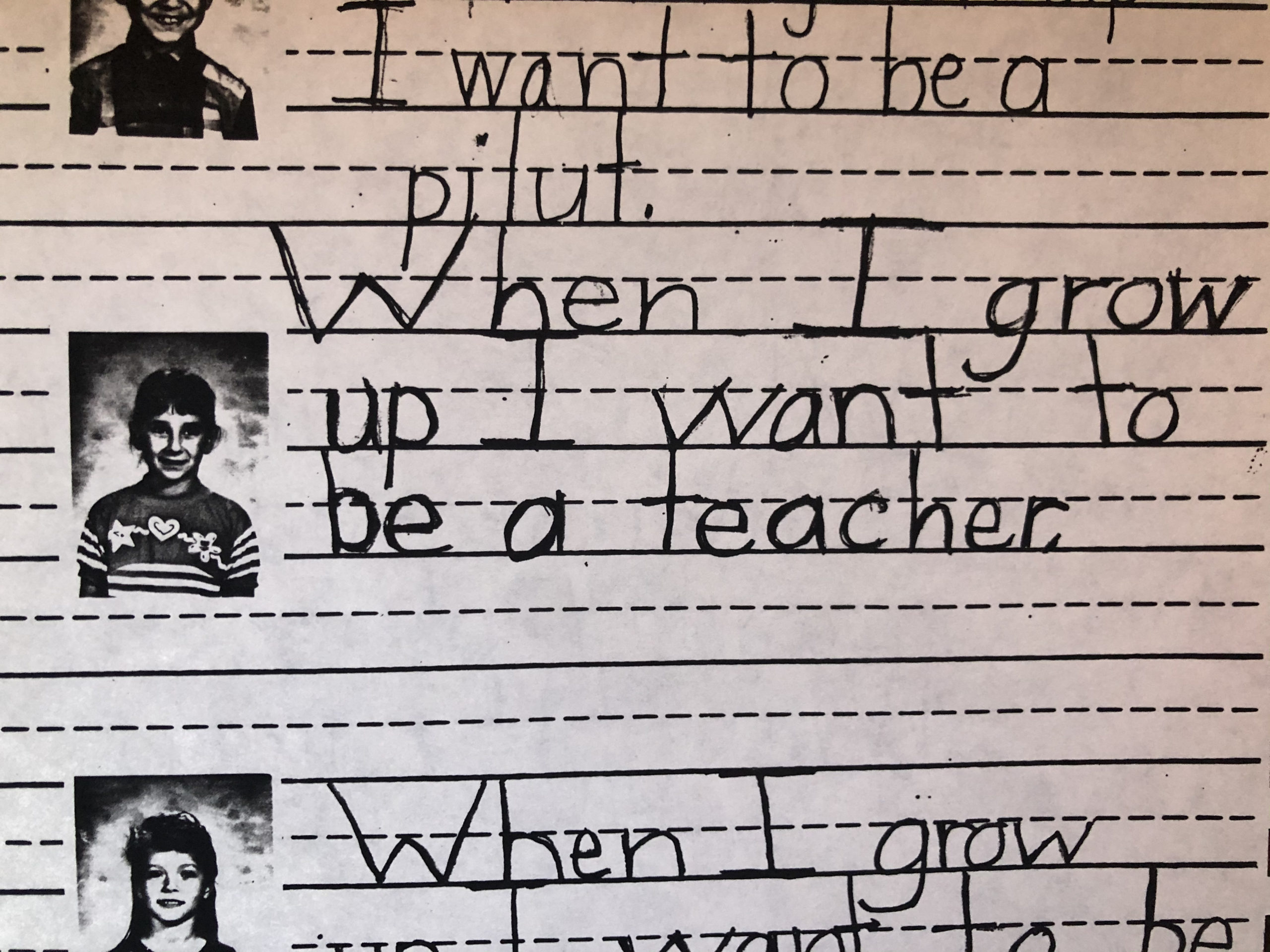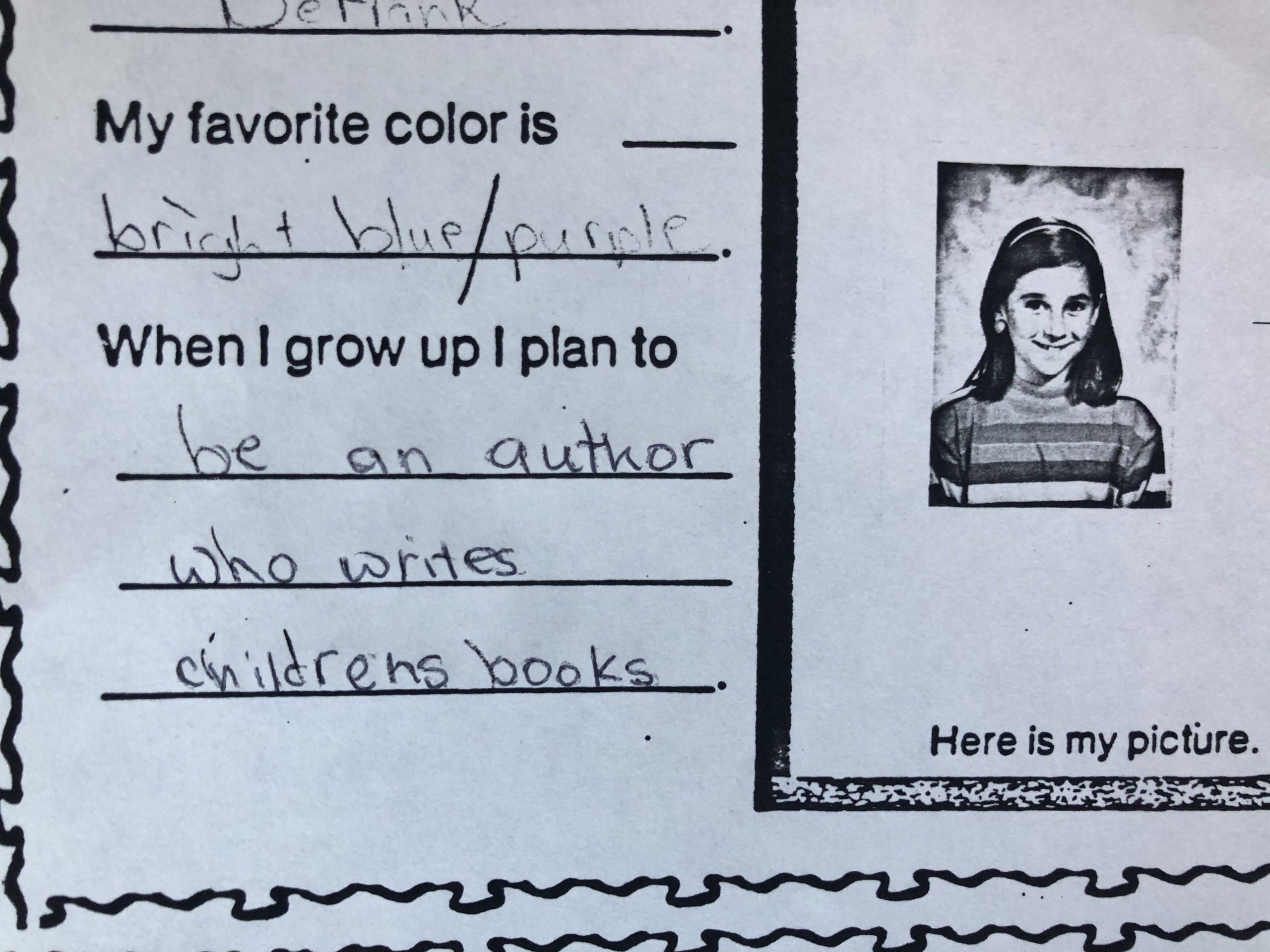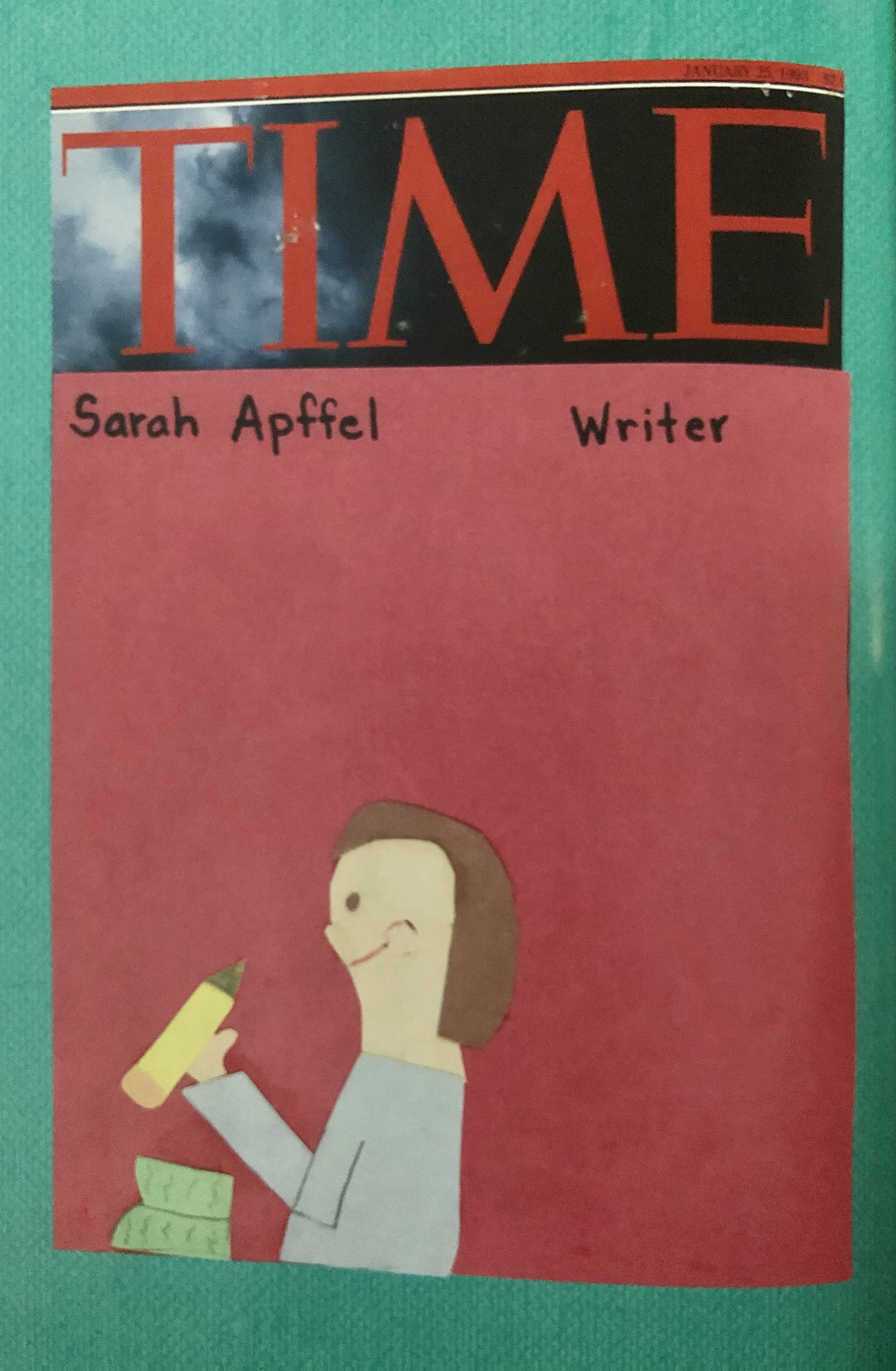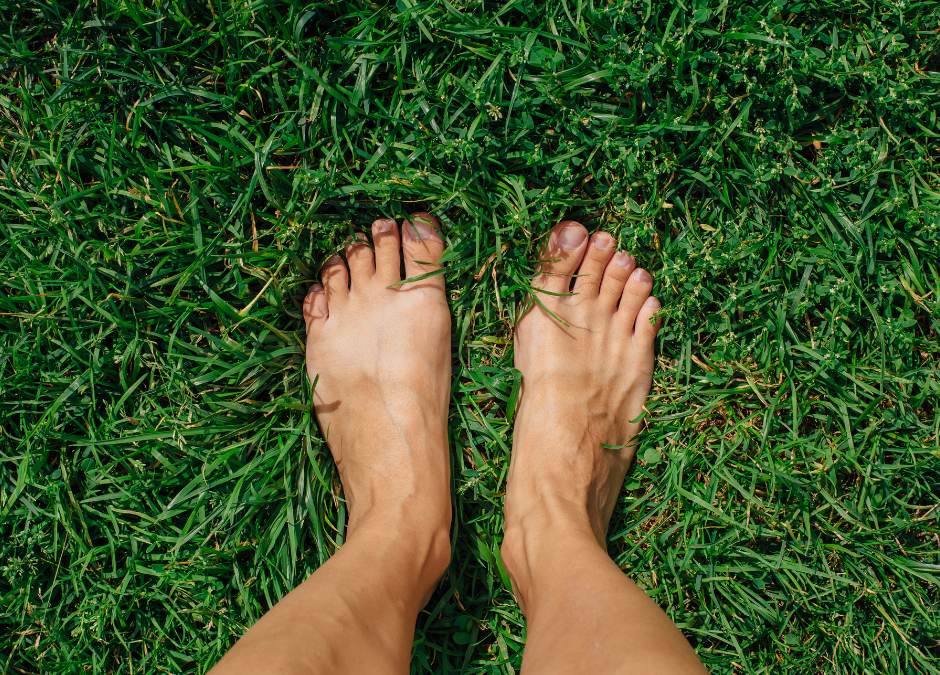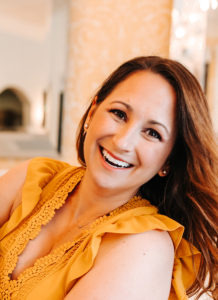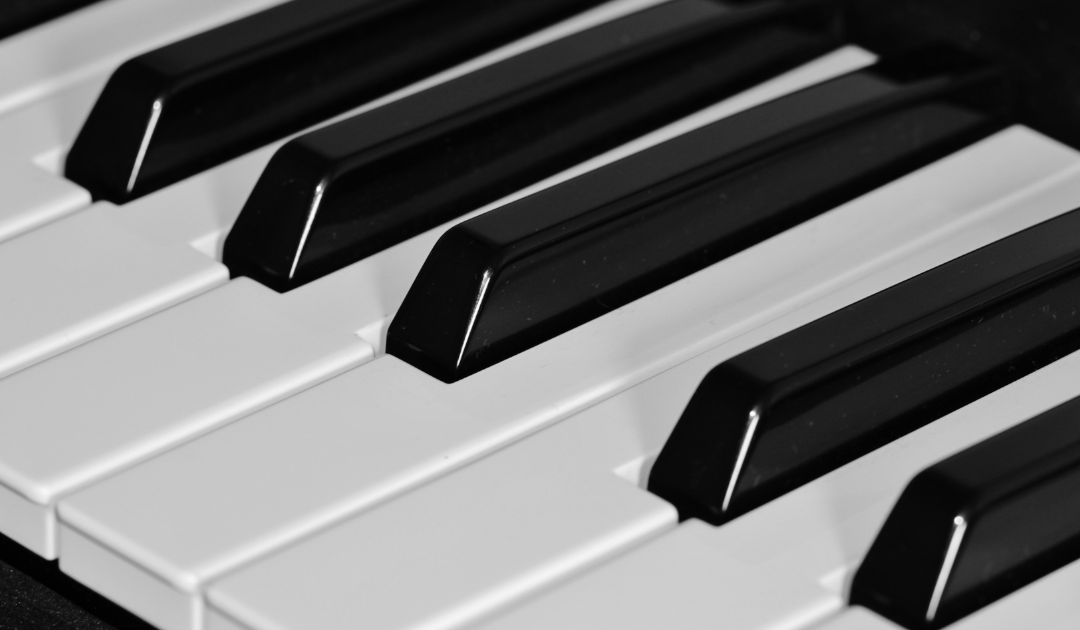
Piano
It could have been my emotions running high from the difficult interaction I had at work that day. Maybe it was watching (really watching) my 6-year-old rehearse a piano piece from memory.
I sat down at my 20-year-old electric keyboard and played a song in its entirety for the first time in nearly seven years.
I began taking piano lessons around age seven and continued them through college. In high school, I barely had time to practice because I was involved in so many other things, but I had a wonderful piano teacher, Mrs. Shannon, who allowed me to come to her once a month and practice on my own in between. We always worked on one classical piece and one fun piece, which kept me interested and playing. (Parents, if your older child wants to quit around this age, I highly suggest this as an alternative if you can swing it! Just. Keep. Playing.) In college, I was a music major for a year (Vocal Performance), and even after I changed majors, I still signed up for a piano course every semester just so I would keep up my skills. After college into my 20s and 30s, I had gone a year or two at most without playing, so this was by far the longest drought.
Over the last several years, I would get out the keyboard and set it up in a desperate attempt to give back to myself during some of the most challenging years of my life. Playing has always, always brought me joy. But rather than sit down to play, I would walk by it with a twinge of disgust as I noticed the dust settling onto the keys that never got played, resentful of its presence while I ran around taking care of small children and working multiple jobs teaching, tutoring, and copyediting while my spouse was working the longest hours of his career in medical residency.
This particular day, however, as if on autopilot, when I saw my son get up from the piano bench, I went to the coat closet and reached into the plastic bin that held my music. I hesitated for a second; What should I play? “Something easy,” a little voice told me. “Something you can play right here, right now.” So, I lifted the books of classical pieces and slipped out from under them a binder of pop music.
I braced myself for disappointment: What if it’s too hard now? What if I’ve lost it completely? I would be crushed.
I cautiously picked a simple, repetitive song with major chords and a pleasant tune. My fingertips rested delicately atop the glossy keys. I checked the song’s key and glanced at the sharps. My hands moved a bit clumsily through the piece, halting far too long between bars to find my place for the next phrase. But even as my transitions stumbled along, I felt my elbows drop, my body start to lean into and out of crescendos and pianissimos, my muscles and my soul recalling how good it felt to express themselves in this way.
I tried to sing the words as I played, but my throat kept catching. All I could think was, it’s still there, I’m still there.
I have no illusions that I’m going to begin playing every day, or that this will be the beginning of some remarkable musical revelation. (In fact, I’m sure the only reason I got through one whole song was because I had given all the kids an iPad.) But by playing the keyboard that day, I resurrected abilities that I thought had disappeared forever, rekindling a long-dormant spark of joy that comes from making music. My ability to play (not as well as I used to, but still!) and my love for music had indeed survived years of neglect amid phases of life where my own needs have often been last on the list.
I think this happens to many of us – after a certain age, we don’t think much about what brought us joy as kids because we are so focused on all the responsibilities of adulthood. We have to set aside hobbies and generally things we used to love to do, to build careers, serve as caregivers, or whatever else we have been called to do. It’s often accompanied by guilt and shame that we let that thing go, that we’ve never taken the time to restring that guitar, write that novel, practice that language, or play as much as we used to.
I have felt all these things. This is why I used to be so repulsed by the presence of the piano in the middle of a phase of life that did not allow me to sit at it because, by the time I could, I had absolutely nothing left to give. I imagined the critics: “You only have one life! Take the bull by the horns! You must MAKE the time!” And the often miss-contextualized “What will you do with your one wild and precious life?” from Mary Oliver.
And then, a wise friend said recently: “Resting is not quitting. I can take a nap and my God-given assignment will still be waiting for me when I wake up.”(Thank you, Morgan.) And that very day I decided I was not going to beat myself up for these pauses anymore.
We are only human, and there are a finite number of hours in a day, and life just doesn’t often afford us the privilege of reviving an old pastime. This is part of the organic ebb and flow of life, where in our youth the focus is generally more on ourselves, and as we get older our focus grows outward to include our inner circle of family and friends, our circles of professional influence, our greater purpose on earth, even society as a whole. It is not a moral failure to have to put a hobby aside; it is natural. And just because we must take a hiatus from something that we love does not mean we have quit, as my friend so sagely ascertained; those sparks that God (or whomever you believe a higher power to be) places in our souls from the time they are formed are a part of our assignment, and it will not be rescinded; it will be waiting for us when we are ready to return to it. You cannot miss your boat.
So what I’m trying to do now is to simply pay attention when I feel the tug at my soul to do something I miss and love. In my case, it’s usually playing music and writing. If I can do something, I start small so that I can be successful: a simple song, or some stream-of-conscious morning pages. I allow myself to celebrate the muscle memory that still hasn’t faded, or the one line I wrote that sounds just right. And if I can’t do anything right then, or for months, or even years, I’m trying to be gentle with my only-human self about it. The love, the ability, and the same old joy are all still there. When I can steal a few precious moments for myself, even if it’s been a while, I know where to find them – they will be waiting for me.

